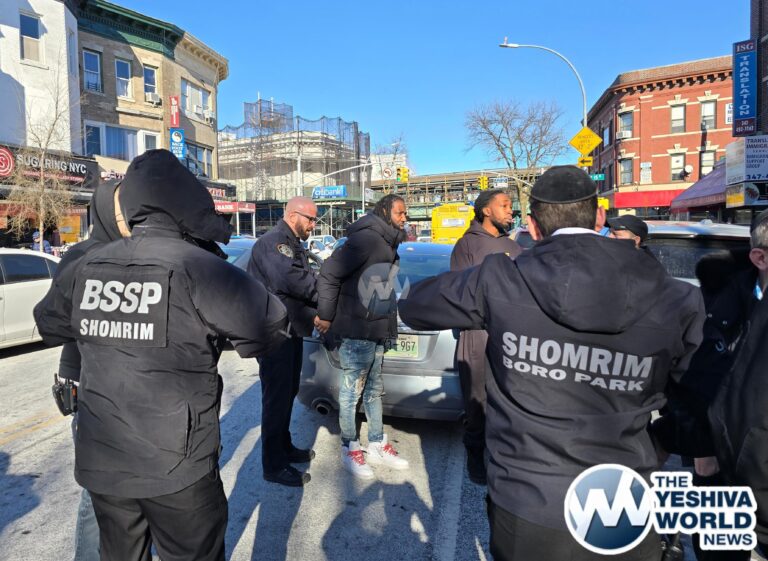 As pedestrian road deaths remain stubbornly high, New Jersey will soon attempt a push-button, red-light timing technology that’s believed responsible for saving hundreds of lives in at least 20 other states over the last decade. Called HAWK, the device was born in Great Britain, migrated to Tuscon, Ariz., a decade later, and will soon make its Jersey debut on Route 27 near the busy Metropark rail station in Woodbridge.
As pedestrian road deaths remain stubbornly high, New Jersey will soon attempt a push-button, red-light timing technology that’s believed responsible for saving hundreds of lives in at least 20 other states over the last decade. Called HAWK, the device was born in Great Britain, migrated to Tuscon, Ariz., a decade later, and will soon make its Jersey debut on Route 27 near the busy Metropark rail station in Woodbridge.
“We hope it will help us bring down a pedestrian fatality rate that has not kept pace with the overall decline in traffic deaths,” Sheree Davis, a state Department of Transportation official, said at a recent traffic safety forum.
Federal Highway Administration studies showed that Tucson’s HAWK contributed to a 29 percent drop in total crashes, a 69 percent plunge in collisions with pedestrians and a 15 percent reduction in severe crashes. Since the 1999 installation, the city has added 40 more HAWKs, and the technology has spread to Phoenix and dozens more cities.
HAWK was brought to Tucson by the city’s traffic administrator at the time, who noticed a similarly unconventional system during a 1998 British trip. His visit followed a hit-and-run crash that killed two teen pedestrians and injured three others at a Tucson intersection. The official, Richard Nassi, jotted his findings on a napkin.
In New Jersey, the technology is one of the strategies that DOT is recommending to help reduce a pedestrian death toll that jumped 15 percent in 2009 despite a 5 percent drop in overall traffic deaths compared to 2008 and a nearly 18 percent, two-year decline overall.
The driver compliance rate in Tucson hit 97 percent, although some drivers reported initial confusion over lights that sometimes flash and sometimes stay dark, as if to indicate malfunction. The federal highway agency also showed pedestrians use the system about half the time and they reported no difficulty.
Proponents say HAWK is especially useful in places with intermittent high-volume crossings where traditional traffic lights are unnecessary, except at peak hours, including midafternoons when schools let out. Depending on location, the $80,000 cost is generally half the cost of a traditional traffic light.
Have you checked out YWN Radio yet? Click HERE to listen!
(Read Full Story In NorthJersey.com)











One Response
So what does this technology do? The article doesn’t explain.